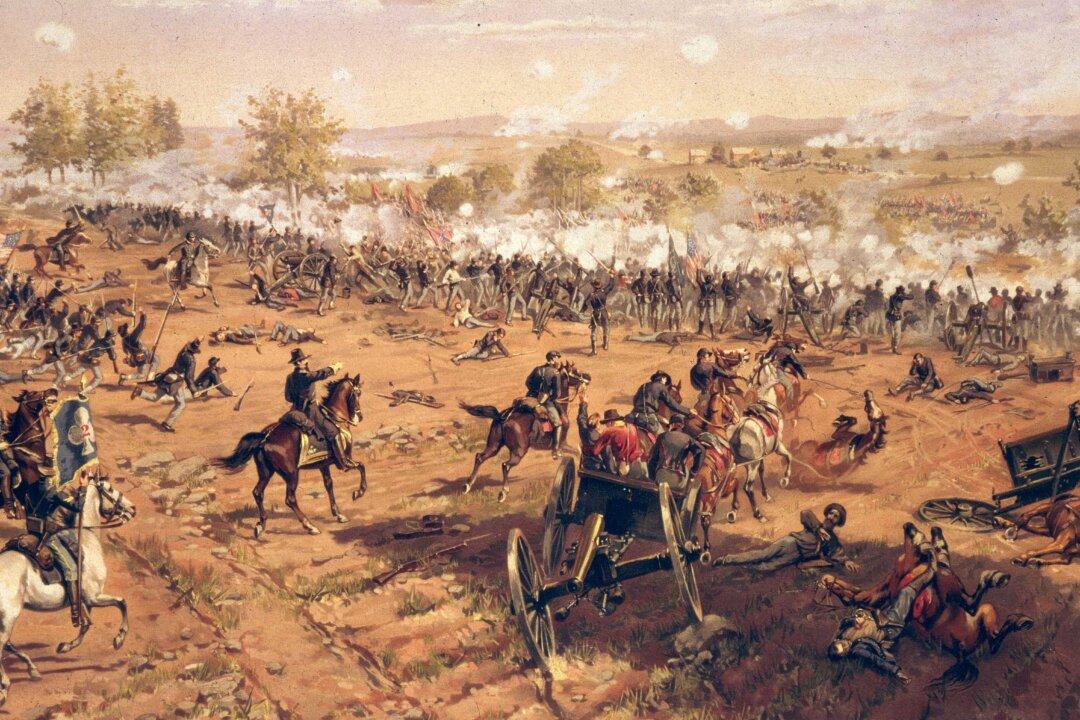Commentary
The United States may be the first country in history to tell a “noble lie” about its past that makes that past look worse, not better, than it actually was. For certain, the premodern history of the United States included a great deal of barbaric, uncivilized behavior: the conquest of Native American tribes, the enslavement of captured Africans, and the oppression of women, just for starters. But popular left-wing models of historical education, in the “1619 Project” and “Howard Zinn” traditions, regularly make claims about further injustices and atrocities that are simply not based in reality: for example, that Americans fought the Revolutionary War to preserve slavery, or that African-Americans struggled largely “alone” for freedom. Almost universally, these pedagogies also ignore both the context within which America’s undisputed sins took place—essentially all nations allowed slavery or serfdom until recent centuries—and the unique goods that America gave the world. I reject such educational models, along with their most propagandistic right-wing alternatives. A coherent education in history and civics must involve studying one’s society neither as blemish-free nor as virtually “all warts,” but rather comprehensively and honestly—warts and all.


